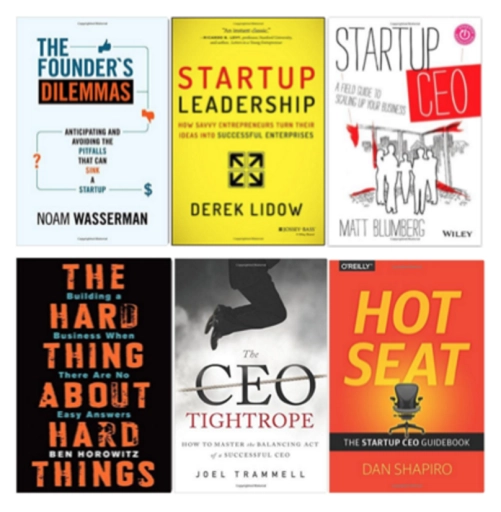 They wash over us like water over a dam. You see them, read them, and absorb them constantly.
They wash over us like water over a dam. You see them, read them, and absorb them constantly.
- “Hire slow, fire fast.”
- “Culture eats strategy for breakfast.”
- “Start before you are ready.”
- “Management is doing things right, leadership is doing the right things.”
- “Just take massive action.”
- “FOCUS: Follow One Course Until Success”
After a while, you can find a business mantra, maxim, motto or mnemonic device for about any perspective you want or need. Doesn’t it feel good when you fire up Facebook, LinkedIn, Instagram, or Twitter and your favorite guru pumps out a motivational quote or platitude superimposed on a beautiful scene that completely supports your viewpoint, position, angle, or emotion you are currently experiencing? You may even silently say to yourself, “See, XYZ agrees with me, we must use PDQ subscription model when we launch our new service.”
Really? Is that the best way to solve the problems we face as Founder & CEOs? Frankly, I get a bit weary of the trite mnemonics, or the latest “5 steps to XYZ,” or “How to fix EFG without IJK” leadership advice I often see. I understand that these things help click through rates and also serve some Startup CEOs. I’m sure you’ll sometimes see them from me too.
Pithy Platitudes versus Critical Thinking
The problem I have with them is the growing tendency from new Founding CEOs to inadvertently replace critical thought, robust decision making, and intentional analysis with trending memes on social media.
At the risk of appearing to be a hypocrite, here are 5 critical thinking questions (sorry, no acronym) for you to consider when you and your team are deliberating an important business decision:
- Have you actually defined the problem? Or, are you discussing symptoms?
- Is your problem statement thinly disguised as a solution?
- Can you separate the activity of developing alternative courses of action from simultaneously evaluating those courses of action? (This may help prevent the tendency to choose the first acceptable decision.)
- Have you tried asking different team members to argue an alternative viewpoint from their own perspective? (This may help ensure everyone truly understands the options.)
- Do you agree that there may not be a perfect answer or solution and this may be the “best” course of action for this moment in time?
You are a unique Founding CEO. Your business is unique. Your team is unique. Leadership advice that “everyone follows” may not work for you and your company. Let’s put all these mantras, maxims, mottos, and mnemonics in proper perspective. Shall we?


